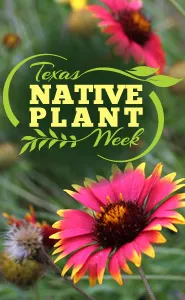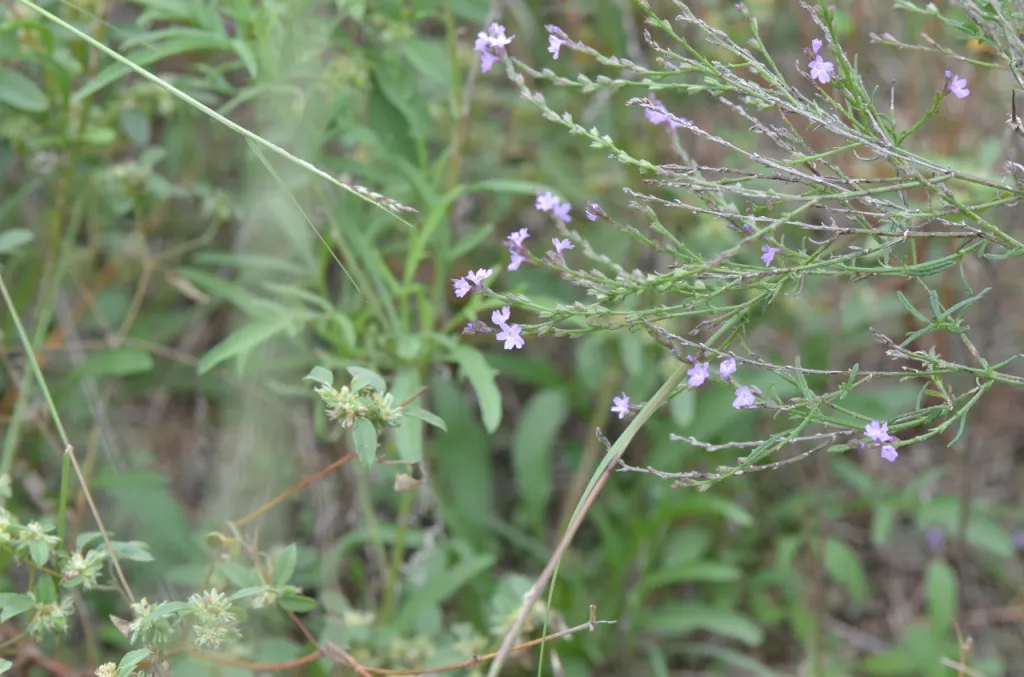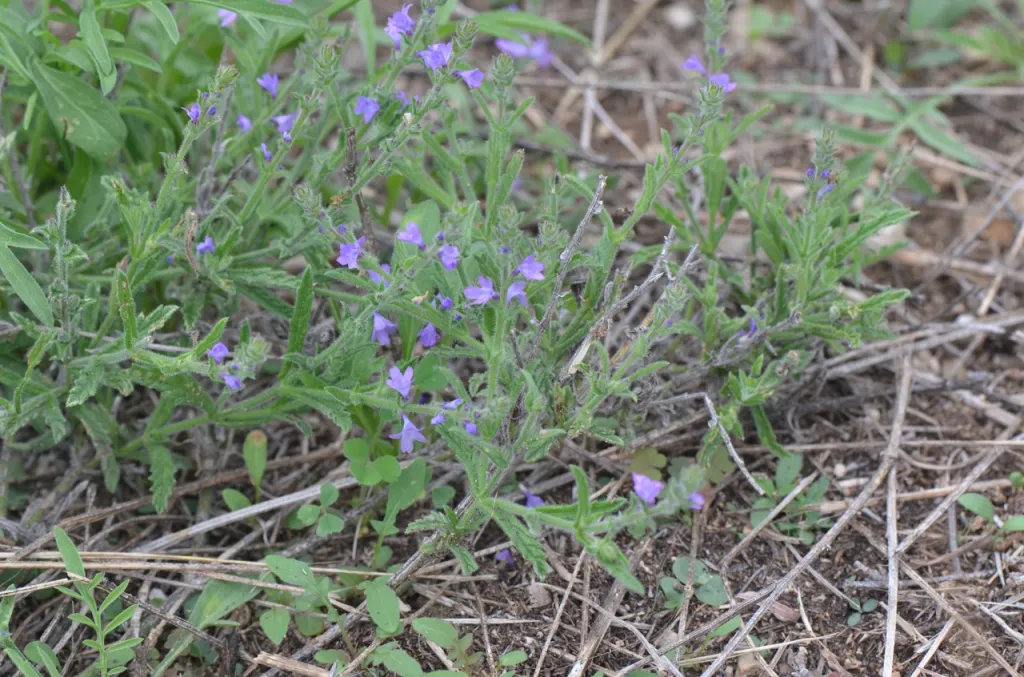By Delmar Cain
October 14th through the 20th, 2012 is Texas Native Plant Week. In 2009 the Governor signed a bill passed unanimously by both houses of the Texas Legislature, which designated the third week in October as a week to celebrate and learn about the wonderful heritage of native plants in our state.
On October 4th–the 7th the Cibolo Nature Center conducted guided tours for several groups of attendees, who were attending the 2012 State Symposium of the Native Plant Society of Texas (NPSOT) in Kerrville. Also Wilt Shaw, a Texas Master Naturalist and a past president of the Boerne Chapter of NPSOT, conducted a special tour of the Honey Creek State Natural Area connected to the Guadalupe River State Park for some attendees of the State Symposium.

We sometimes forget that both of these public areas with numerous examples of common and not so common native plants, available to us all year, are very special places for visitors to the Hill Country. The fall, especially this year, is a great time to take a tour of these nature areas. Before visiting the Honey Creek State Natural Area be sure and check out the tour times and costs at: www.tpwd.state.tx.us/state-parks/honey-creek/
If you have ever wondered about the value of native plants to life on this planet, a short presentation by Douglas Tallamy on YouTube might give you some answers and present you with some questions. Tallamy is the author of “Bringing Nature Home,” which I recommend highly. To see the short 4 minute presentation visit: https://www.youtube.com/watch?v=trJKZDEfvrc
To find out more about Texas Native Plant Week visit the Lady Bird Johnson Wildflower Center site at: www.wildflower.org/nativeplantweek/
I am enjoying the fall, watching the autumn bloomers make their appearances and waiting for the trees to join the chorus. I especially enjoy the Maximilian sunflowers that hide the fence line and spread into some fields along SH 474. The intense yellow of the blooms reminds me to wear my sunglasses.

Unfortunately one of my favorite stands of Maximilian sunflower, along Kreutzberg Road, is missing this year. Whether by design or inadvertence, the mowing schedule of the county came at just the wrong time and there are very few bloomers this year. On the other hand the mowers were unsuccessful at affecting the invasive pyracantha shrubs along the fence and they remain alive and well.
The area where I walk along River Mountain Drive got a double dose of county maintenance care this year. In the spring when the Texas thistle and antelope horns were in full bloom, the county sprayed herbicide, which eliminated the thistle and knocked the antelope horns for a loop. I removed several monarch butterfly caterpillars from the sprayed plants and put them on a few plants beyond the spray zone. Some of the antelope horns have returned after the most recent rains.
In late summer the county sent its mowers over the same area for what appeared to be an appearance cut. The final result as of this time is healthy stands of King Ranch (KR) bluestem (Bothriochloa ischaemum var. songarica), another invasive,
According to the Natural Resources Conservation Service (NRCS) of the USDA, it is a grass brought from China in 1917 to P. B. Kennedy, an agronomist at the California Agriculture Experiment Station in Berkeley. It migrated through other state experiment stations and arrived in Texas at the Angleton experiment station in 1924. It has been planted by highway departments for drainage control and by ranchers for forage for cattle.

Unfortunately, it is so successful at displacing native species and even lawn turf grasses that it is now the subject of a growing number of seminars on how to eradicate it. At my house it is about as welcome as a vampire at a love in.
But rather than end on a sour note I can report that the county maintenance has had the effect of my being able to see a couple of our less spectacular verbena species. With few grasses other than the KR bluestem, I can easily spot the delicate blue flowers of gray vervain (Verbena canescens) and the taller Texas vervain (Verbena Halei) that are managing to survive, even with the active attention of the county’s maintenance program. Gardeners are warned about giving their plants too much TLC. I wonder if the same advice might be appropriate for our roadside caretakers.
